Teach your students to omit boring, overused verbs from their writing with a classroom set of vivid verb posters.
Bring Your Writers Up to Speed with Vivid Verbs!
Do you want to help your students write powerful, engaging pieces of writing? The problem is many of them rely on the same overused verbs: said, went, got, and the like.
Unleash the power of vivid verbs with this collection of posters. These posters will be resources that your students will turn to over and over again!
These posters will give your students other words for: went, laughed, got, put, cried, said, saw, ran, walked, and more!
How to Make the Most of Your Strong Verbs Posters
- Print the posters on A4 paper and create a permanent classroom display for students to reference.
- Print the posters on A4 paper, slip them into clear sleeves, and use them in your guided groups as a reminder.
- Print the poster on A4 paper, slide them into clear sleeves, and hang them on a ring as a reference tool for a learning centre.
We’ve also developed bonus ways to turn these posters into interactive tools that make your lessons stick!
📂 Place copies in students’ homework folders for reference.
💻 Provide posters as digital resources for virtual students.
📌 Create a bulletin board display for students to reference while writing.
Easily Print These Posters for Your Students
This resource prints as a full-colour PDF. Use the dropdown menu to select the posters and/or the display banner.
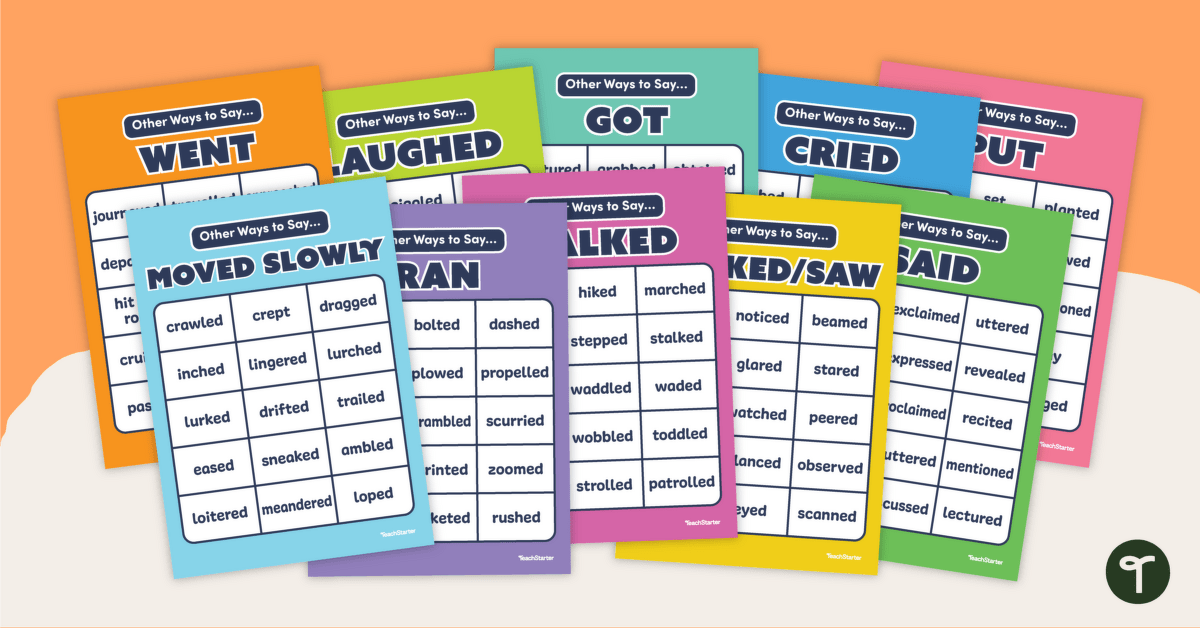

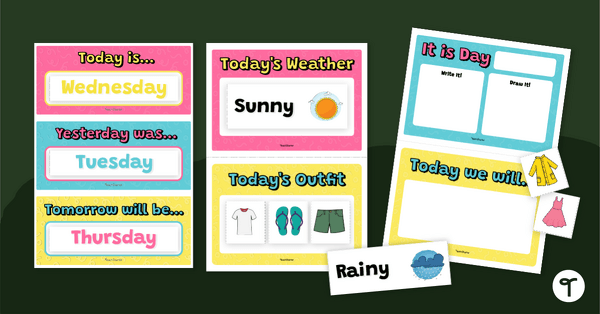

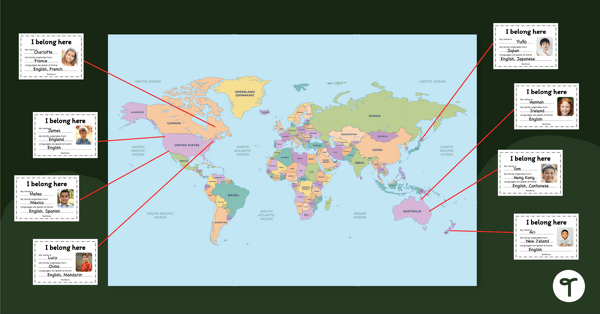

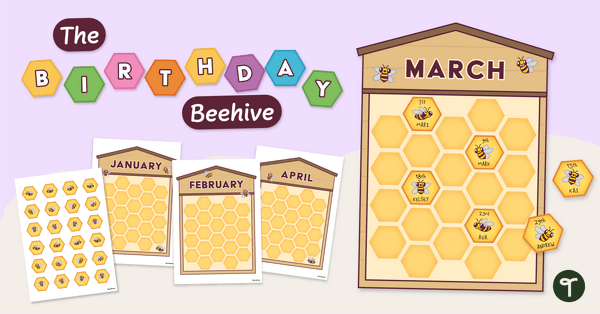

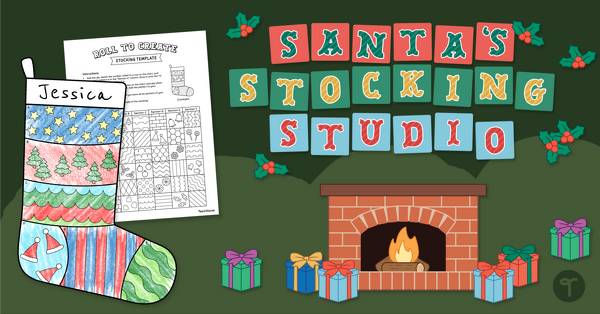
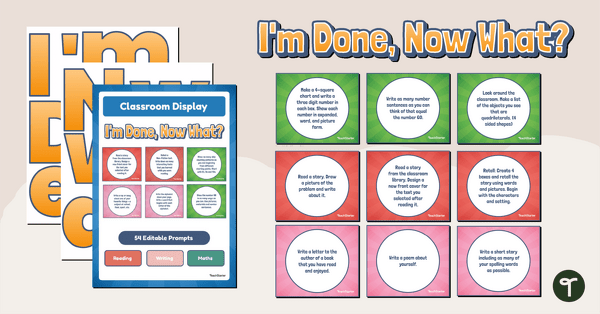
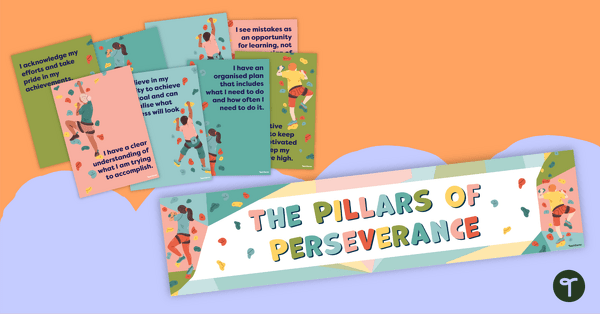
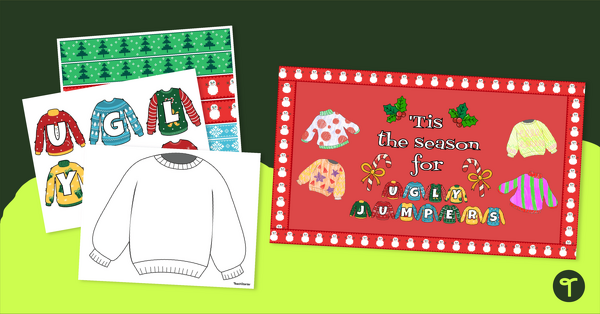
0 Comments
Write a review to help other teachers and parents like yourself. If you'd like to request a change to this resource, or report an error, select the corresponding tab above.